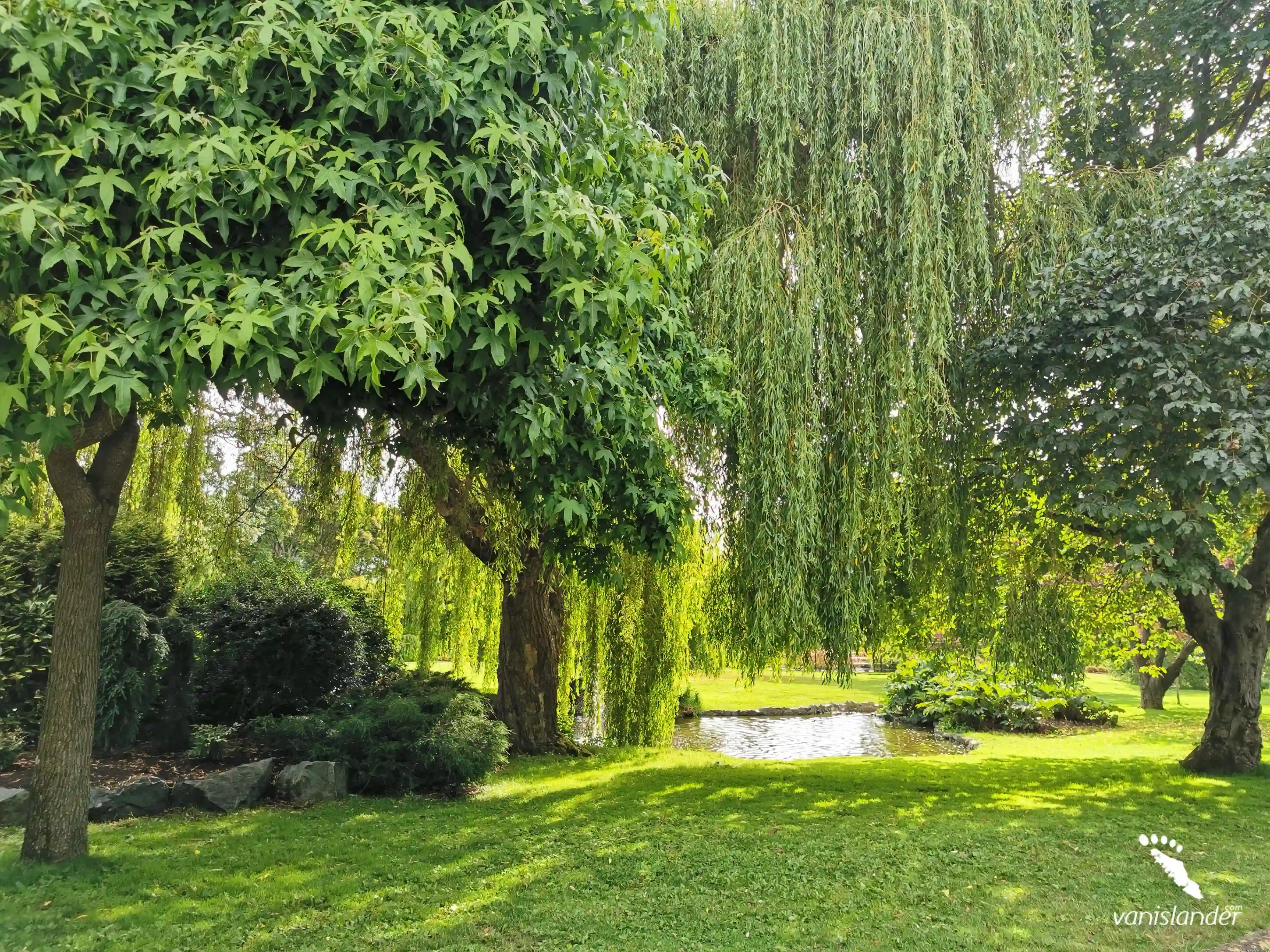
|
Trail Name |
Distance |
Time |
Rating |
Key Features |
|---|---|---|---|---|
|
Carmanah Main Trail
|
1.3 km
|
20-30 min
|
2 C
|
Planked trail to T junction, Sitka spruce
|
|
Lower Carmanah Trail
|
~1.8 km
|
45 min-1 hr
|
2 C
|
Heaven Tree, Fallen Giant, Randy Stoltmann Grove
|
|
Middle Carmanah Trail
|
6.5 km
|
2.5-3 hr
|
2 C
|
Three Sisters, Grunt’s Grove, Paradise Pool
|
|
Upper Carmanah Basin
|
~7.5 km
|
Varies
|
Hazardous
|
Mystic’s Hollow, Sleepy Hollow, Camp Patience
|
|
West Walbran Trail
|
7.5 km
|
3-4 hr
|
2 D
|
Fletcher Falls, Maxine’s Tree, Anderson Lake
|
|
Central Walbran Trail
|
4 km
|
2-3 hr
|
2 D
|
Botley Lake, Auger Lake, western cedars
|
|
Harriet Nahanee Memorial Trail
|
7.1 km
|
~2 hr 9 min
|
Moderate
|
Tolkien Giant, Monster Jam, Limestone Canyon
|
|
Anderson Lake Trail (Castle Grove)
|
13 km
|
6 hr
|
Challenging
|
Loop to Anderson Lake, overnight camping
|
Distance: 1.3 km (0.8 miles) to T junction
Time: ~20-30 minutes
Rating: 2 C (easy)
Description: The Carmanah Main Trail is the gateway to hiking in Carmanah Walbran Provincial Park, starting at the main parking lot at the end of Rosander Mainline. This well-marked, planked trail protects the fragile roots of Sitka spruce, guiding hikers through a cathedral-like old-growth forest. After 1.3 km, it reaches a T junction, splitting into the Lower Carmanah Trail downstream or the Middle Carmanah Trail upstream. Damaged by 2006-2007 winter storms, the trail may require detours around fallen timber, adding adventure to this nature trail. The towering giant trees and moss-draped understory make it a must-do for things to do on Vancouver Island.
|
Month |
Weather Conditions |
Trail Accessibility |
Considerations |
|---|---|---|---|
|
May
|
Variable; cooler temperatures with increased rainfall.
|
Trail open; some campsites may be closed.
|
Less crowded; prepare for wet conditions.
|
|
June
|
Mild temperatures; moderate rainfall.
|
Trail open; most campsites operational.
|
Increasing number of hikers; moderate weather.
|
|
July
|
Warmer temperatures; drier conditions.
|
Trail open; all campsites operational.
|
Peak season; higher demand for permits.
|
|
August
|
Warm temperatures; drier conditions.
|
Trail open; all campsites operational.
|
Peak season; higher demand for permits.
|
|
September
|
Cooling temperatures; increased rainfall.
|
Trail open; some campsites may be closed.
|
Less crowded; prepare for variable weather.
|
|
Aspect |
Positive Comments |
Negative Comments |
Tips |
|---|---|---|---|
|
Access
|
Scenic adventure, improved by recent logging
|
Rough roads, potholes, logging trucks, landslides
|
Use high-clearance vehicle, bring spares, avoid dark
|
|
Trails
|
Stunning old-growth, magical vibe, beautiful lakes
|
Poor maintenance, slippery, blocked sections
|
Wear good boots, be agile, check trail status
|
|
Camping
|
Peaceful, beautiful riverside spots, bear caches
|
No water pump, remote, mosquitoes
|
Bring water, be self-sufficient, expect bugs
|
|
Wildlife
|
Quiet serenity, rare bear/elk sightings, trout
|
Few animals, subtle presence
|
Be bear-aware, enjoy the calm
|
|
Atmosphere
|
Peaceful, surreal, sensory delight
|
Eerie at dusk, neglected by BC Parks
|
Visit in daylight, embrace the magic
|